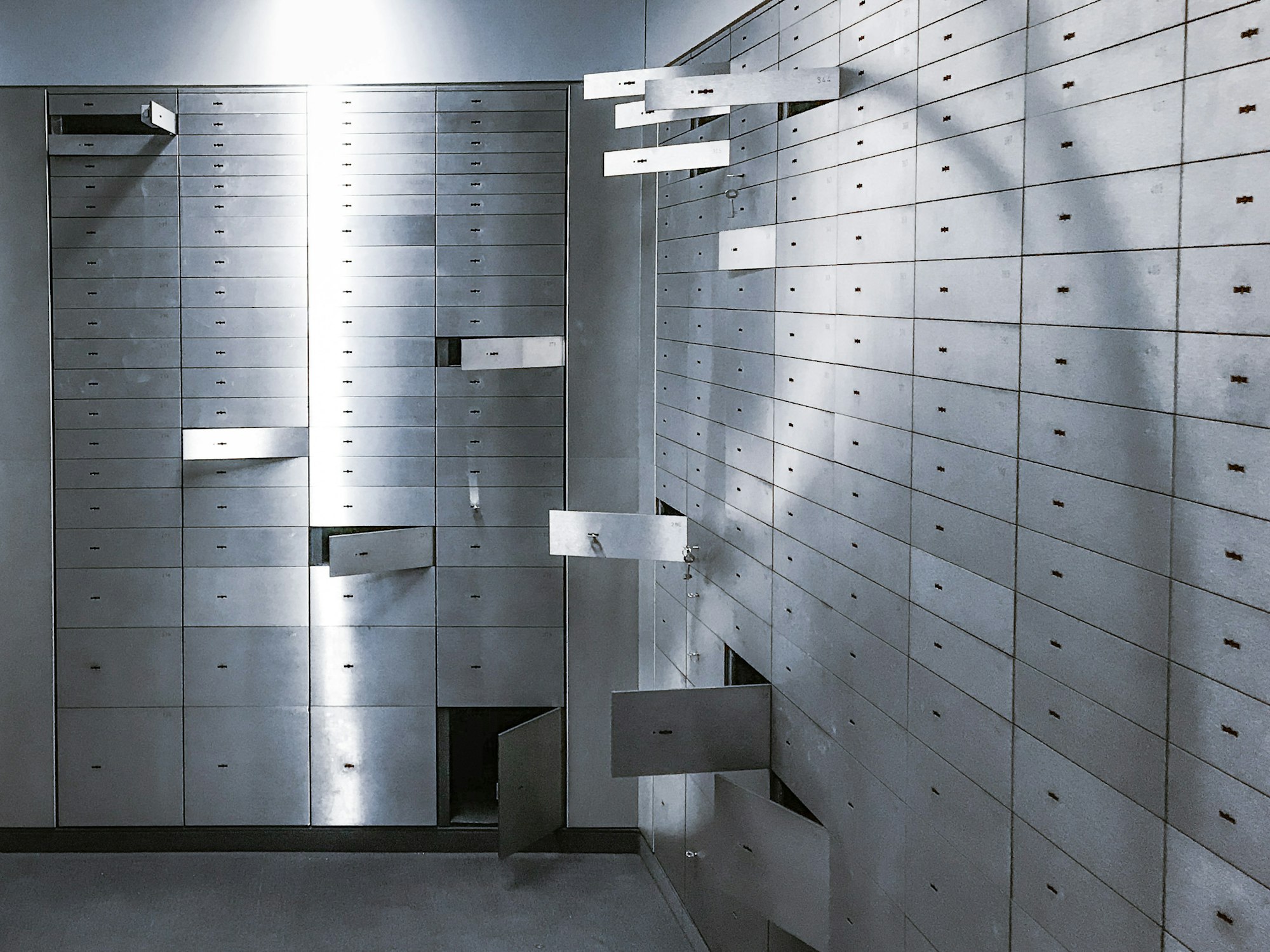As the world of cryptocurrency continues to expand and evolve, securing your digital assets is more important than ever. One popular solution for those seeking an added layer of protection is the use of multi-key vaults. These vaults employ a key distribution system that requires multiple keys to access the stored funds, significantly reducing the risk of theft or unauthorized access. In this blog post, we'll dive into the world of key distribution and provide you with actionable tips to make the most of your multi-key vault for cryptocurrency.
- Understand the Basics of Key Distribution
Before diving into the world of multi-key vaults, it's crucial to have a solid understanding of key distribution. Key distribution refers to the process of securely distributing cryptographic keys among multiple parties or devices. In the context of cryptocurrency, this means that multiple keys are required to access a particular vault, providing a higher level of security than single-key solutions.
2. Choose the Right Number of Keys
The first step in maximizing the effectiveness of your multi-key vault is determining the appropriate number of keys to use. While more keys can increase security, it can also make accessing your funds more cumbersome. Consider the number of parties involved, the level of trust among them, and your desired balance between security and convenience when deciding on the right number of keys.
3. Implement Robust Key Generation and Storage
To fully realize the benefits of a multi-key vault, it's essential to use strong cryptographic key generation methods and store the keys securely. This means using hardware security modules (HSMs) or other secure key generation techniques, as well as employing secure storage solutions like hardware wallets or encrypted software wallets. Always ensure that keys are backed up and stored in multiple, geographically separated locations to protect against loss or theft.
4. Establish a Clear and Secure Protocol for Key Access
Having multiple keys involved in accessing your cryptocurrency vault requires a well-defined protocol for key access. This includes determining who has access to each key, under what circumstances they can access the keys, and how the process is documented and audited. Implementing a secure and clear protocol will help maintain the integrity of your multi-key vault system while minimizing the risk of unauthorized access.
5. Regularly Audit and Update Your Key Distribution System
Like any security measure, your multi-key vault system should be subject to regular audits and updates. This helps ensure that your key distribution remains secure and up-to-date with the latest cryptographic advancements. Regular audits can also help identify any potential weaknesses or vulnerabilities, allowing you to address them proactively and maintain the highest level of security for your digital assets.
Multi-key vaults offer an unparalleled level of security for your cryptocurrency holdings, provided they are implemented and managed correctly. By understanding the basics of key distribution, choosing the right number of keys, implementing robust key generation and storage, establishing a secure protocol for key access, and regularly auditing and updating your system, you can unlock the full potential of your multi-key vault and safeguard your digital assets against theft and unauthorized access.




